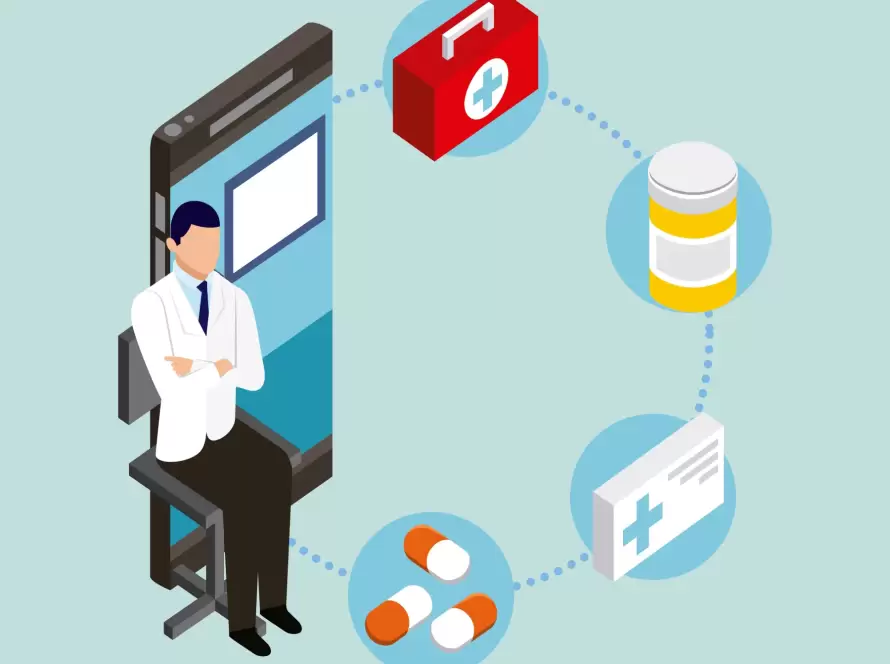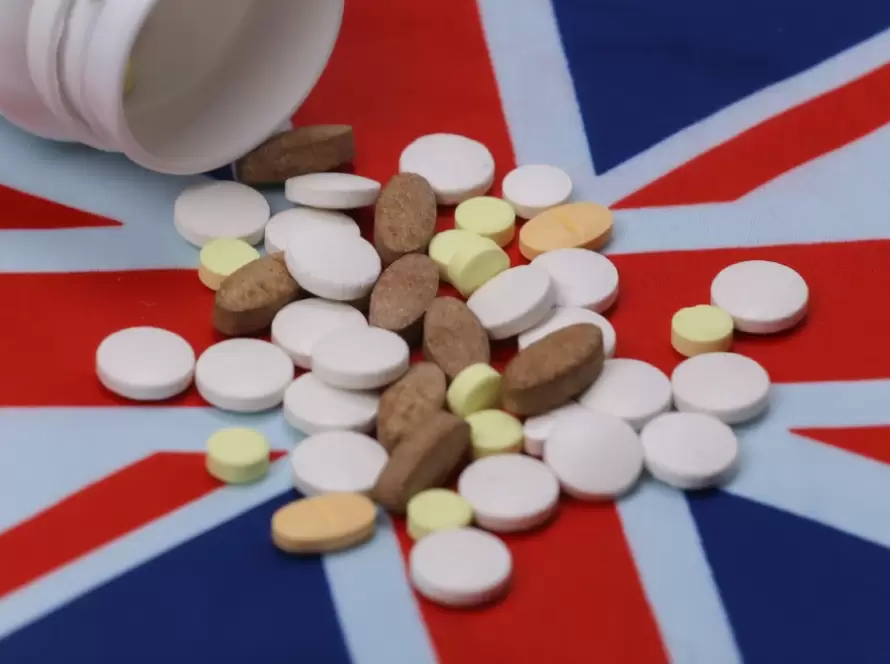Every discovery in the lab that shapes to be a drug takes various modes over several years before it appears from a lab to the medicine cabinet. A drug that is finally converted into a medicinal product is intended to address a particular ailment. In fact, a medicinal product is expected to either, prevent, treat, diagnose or mitigate a disease upon its use. Every medicinal product is capable of producing unpleasant and undesirable side effects upon its use. Some side effects can be immediately while few other side effects get reported over its long term use. In this blog we are summarising the process of evaluating drug safety at the level of the US FDA. The drug safety monitoring is exercised during the various review processes for the drug application received and processed at the US FDA.
Following are the stages of drug development and review:
1. Investigational New Drug Application (IND): The FDA is occasionally consulted by pharmaceutical companies before submitting an IND. The sponsors, businesses, research facilities, and other groups who take on the task of creating a drug must present to the FDA the outcomes of preclinical testing conducted on laboratory animals as well as their plans for doing human clinical trials. The FDA makes a decision at this point regarding whether it is fairly safe for the business to continue with human testing of the drug.
2. Clinical trials: Only once an IND has been approved by the FDA and a local Institutional Review Board (IRB) may drug research in humans start. The board is a group of experts from hospitals and research organisations who oversee clinical research. They include both scientists and non-scientists.
Clinical trial protocols are approved by IRBs and include information about the participants’ eligibility, the testing and procedure schedule, the drugs and dosages being tested, the duration of the study, its goals, and other specifics including expected adverse effects based on the experience of conducting several animal experiments as well as estimated risk based on the type of molecule, its mechanism of action and experience gathered through the phase wise clinical trials. IRBs ensure that the study is legal, that participants have given informed consent, are aware of any risks, and that researchers are taking the necessary precautions to safeguard patients from harm. These studies include Clinical Trial Phase I studies among healthy volunteers as well as Clinical Trial Phase II and Clinical Trial Phase III studies in patients with specific ailments for which the investigation new drug is being developed. As the clinical phase advances, new data gets gathered and helps to understand the expected and unexpected adverse drug reactions associated with the study drug. The patients’ population for the clinical trial programme ranges from few hundreds to thousands of patients. The Clinical Trial Phase II and Clinical Trial Phase III studies are carried out in few other geographic regions of the world and thus data get collected from different geographies, ethnicities etc. One can then study the reported side effects and its cause-effect relationships that may exist for few specific ethnicities and / or the side effect profile remains universal. Short term and long term safety information is thus available.
3. Post marketing Studies (PMS): The FDA employs post market requirement and commitment studies to acquire more data regarding the security, effectiveness, or best usage of a product.
Additionally, the US FDA runs the MEDWATCH program that offers any healthcare professional as well as patient to report the adverse events to the US FDA directly for the products that are sold in the US market. The MedWatch programmes use the information received in their alert system and continue to monitor the drug products that have frequently reported safety issues. Based on the reported side effects, a risk-benefit analysis is performed for the product. If risks outweigh the benefits and if an alternative treatment option is available, The US FDA holds the right to withdraw the said medicine from the market. US FDA may also direct the manufacturer to include a << black Box Warning>> for information to the doctors, pharmacists and other healthcare professionals as well as to the consumers of the special precaution and/ or information about the expected side effects. To summarise, several parallel and simultaneous activities in drug safety monitoring exist at the level of US FDA.


